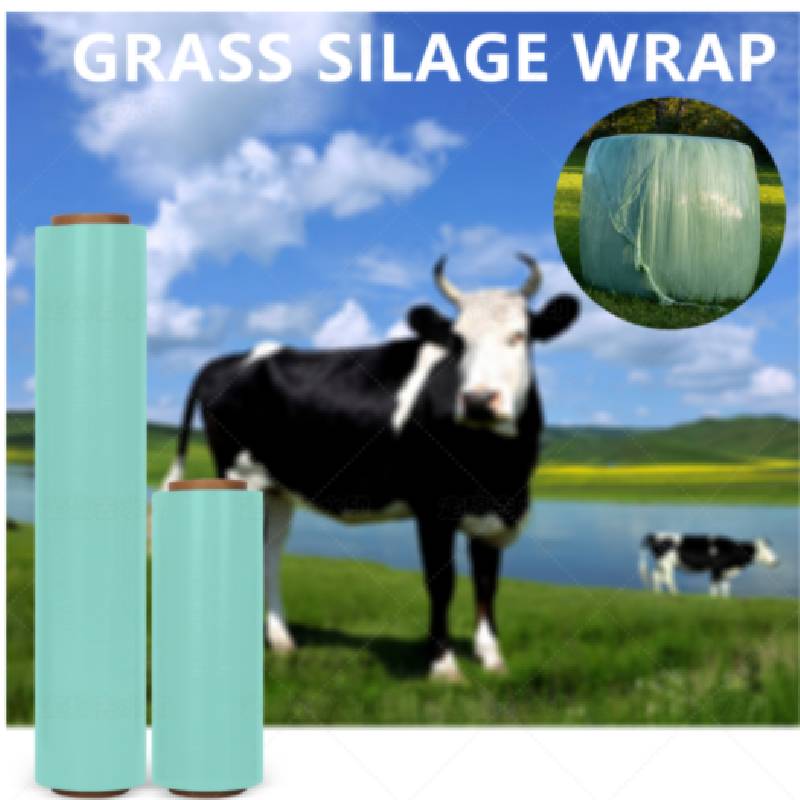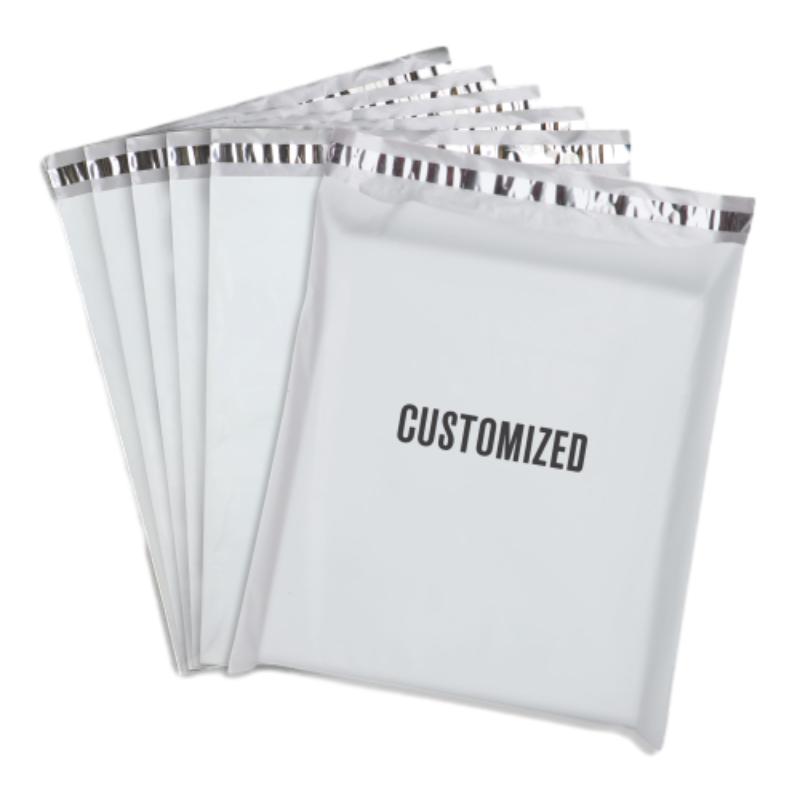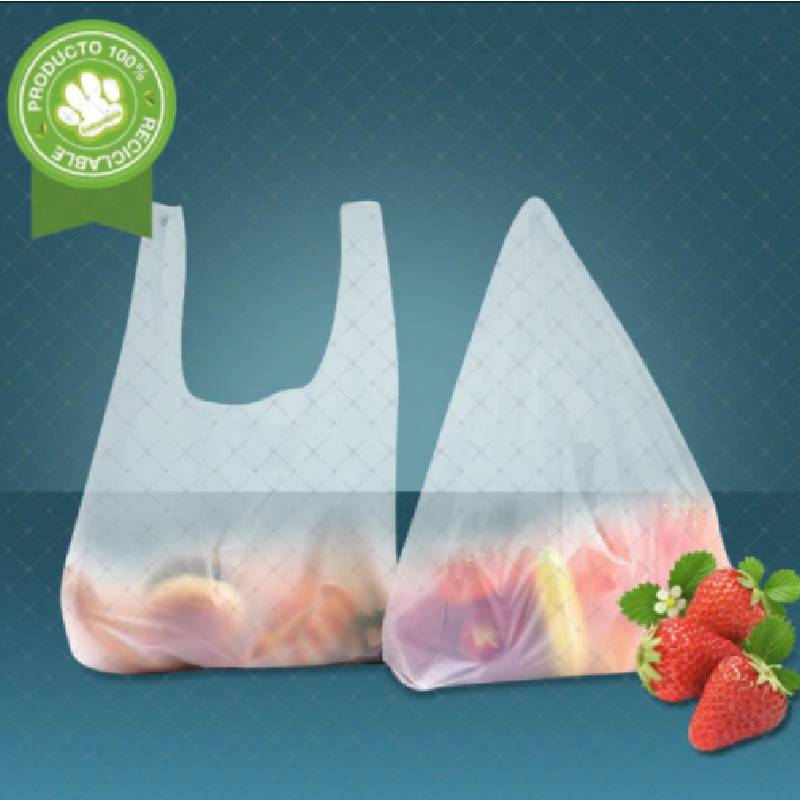Eco-Friendly Recyclable Cling Wrap for Food Preservation PE & PVC Cling Film Supplier
- Introduction to recyclable cling wrap
and its significance - Material composition and environmental impact: PE vs. PVC cling wrap
- Technological advancements in recyclable cling wrap production
- Market comparison through manufacturer data analysis
- Customized recyclable cling wrap solutions for diverse industries
- Real-world applications and success stories
- Summary: The future outlook on recyclable cling wrap solutions

(recyclable cling wrap)
Understanding the Role of Recyclable Cling Wrap in Sustainable Packaging
In recent years, the importance of recyclable cling wrap has been steadily rising amidst global calls for environmentally friendly packaging alternatives. Cling wrap—long notorious for its environmental burden due to traditional plastic materials—has evolved with new technologies enabling increased recyclability and reduced ecological footprint. As the food & beverage, healthcare, and retail industries account for massive volumes of single-use plastic films, integrating recyclable options is more urgently needed than ever.
The worldwide cling film market exceeded $13 billion in 2023, and according to Statista, demand for eco-friendly packaging is expanding at a compound annual growth rate (CAGR) of over 6%. With governments imposing stricter plastic regulations, and consumers demanding conscientious products, businesses need credible solutions that can deliver on both sustainability and functional performance without compromising food safety or shelf-life.
Material Breakdown: PE Cling Wrap vs. PVC Cling Wrap and Their Environmental Impact
The two most common materials used in cling wraps are polyethylene (PE) and polyvinyl chloride (PVC). PE cling wrap is derived from petroleum but requires fewer additives in its production than PVC, making it an increasingly favoured choice for recyclability. In contrast, PVC cling wrap historically dominates the market due to its pliability and superior adherence. However, PVC poses disposal challenges; its recycling is restricted across most countries due to chlorine content, releasing harmful substances during incineration.
According to the European Environment Agency, PE is generally more recyclable and can be processed in established streams for low-density polyethylene (LDPE). Conversely, PVC is only recycled in specialized facilities—with a global recycling rate below 5%. Choosing the right composition requires an analysis of packaging needs, intended end-of-life channels, and regional recycling infrastructure.
- PE Cling Wrap: Lighter, recyclable with LDPE, minimal additives, moderate cling performance
- PVC Cling Wrap: Higher cling, better seal, limited post-consumer recycling, contains plasticizers
The migration toward PE-based recyclable cling wrap aligns with the European Union’s 2028 packaging regulatory objectives—requiring 65% of all packaging waste to be recyclable or reusable.
Technological Advancements in Recyclable Cling Wrap Production
Recent years have witnessed impressive innovation in the production processes for recyclable cling wrap. New manufacturing technologies involve multi-layer extrusion, advanced metallocene catalysts, and nano-reinforcement, which dramatically enhance both functional performance and recyclability.
- Multi-layer Design: By engineering multiple layers, producers can fuse PE with minimal bio-based or renewable additives that improve oxygen and moisture barriers, preserving food longer while remaining compatible with mechanical recycling streams.
- Plasticizer-Free Formulations: Unlike PVC cling films that often require phthalate plasticizers, modern PE-based recyclable cling wraps now deliver similar flexibility and adherence without hazardous additives. This ensures safer end-of-life and reduced risk of food contamination.
- High Clarity & Strength: Innovations such as nano-filler technologies significantly boost transparency and tensile strength, resulting in thinner films that use less raw material while maintaining durability.
Data from the Flexible Packaging Association shows that contemporary recyclable cling wrap formulations can reduce packaging weight by up to 35% without compromising barrier properties, enhancing both sustainability and cost-effectiveness.
Moreover, digital printing advancements allow for customization, batch tracking, and anti-counterfeiting measures—all while using solvent-free inks compatible with recycling.
Manufacturer Comparison: Recyclable Cling Wrap, PE, and PVC Film Suppliers
A quantitative comparison between leading global suppliers can illustrate the performance gap between traditional and innovative recyclable cling wrap solutions. The table below summarizes core metrics—sourced from 2023 manufacturer datasheets and third-party certifications.
| Supplier | Main Material | Barrier Properties (O2 & H2O) | Certified Recyclable | Avg. Thickness (μm) | Annual CO2 Savings | Cost per 1000m2 |
|---|---|---|---|---|---|---|
| GreenWrap Corp. | Recyclable PE | Excellent | Yes (LDPE Stream) | 10 | 12.5 tons | $31 |
| EcoSeal Tech | PE/Paper Hybrid | Very Good | Yes (Curbside) | 12 | 11.2 tons | $34 |
| ClingPro International | PVC | Excellent | No | 13 | 3.8 tons | $29 |
| Classic Wrap Ltd. | PVC | Good | No | 13 | 3.4 tons | $27 |
Annual CO2 savings calculated per 100 tons of product supplied, based on manufacturer disclosures.
As illustrated, PE-based recyclable cling wraps demonstrate significant advantages in terms of recyclability, overall CO2 emissions savings, and regulatory compliance, justifying a modest premium over conventional PVC films.
Tailored Recyclable Cling Wrap Solutions for Diverse Industries
Not all industries require the same packaging properties, and modern recyclable cling wrap suppliers cater to a variety of technical specifications. For food producers, oxygen and moisture protection are paramount, while for medical supplies, sterility and clarity take precedence. PE and custom formulas can be fine-tuned in melt index, thickness, color, and adhesive properties to suit every need.
- Food & Beverage: Modified atmosphere packaging (MAP) using recyclable PE cling wraps can extend shelf life of fresh produce by 30-40%, reducing spoilage rates.
- Healthcare: Hospital-grade recyclable films, sterilizable and compliant with EU and FDA food-contact standards, are increasingly utilized for medical tray wraps.
- Retail & E-commerce: High-clarity printable recyclable cling wraps allow for vibrant branding while maintaining product protection.
- Industrial Applications: Large-format pallet-friendly recyclable films address logistics, with anti-static and UV-resistant custom additives.
The ability to offer tailored recyclable cling wrap solutions represents a crucial competitive edge for brands serious about both sustainability and operational performance.
Real-World Applications and Success Cases for Recyclable Cling Wrap
The shift toward recyclable cling wrap is not purely theoretical. A growing number of industry leaders are demonstrating measurable benefits by switching from conventional PVC to advanced recyclable PE solutions.
- Global Retail Chain: Tesco replaced all in-house PVC food wraps with PE-based recyclable cling wrap in its UK outlets. Within 12 months, plastic film landfill volumes were reduced by 43%, and food waste associated with spoilage fell by 19%.
- FMCG Producer: Nestlé Purina adopted a tailor-made recyclable cling wrap for its wet pet food packaging and achieved a 25% reduction in packaging weight, saving over 1,800 tons of virgin plastic in the first year alone.
- Hospital Supply Group: MediDirect implemented sterile, recyclable PE cling wraps for instrument packaging, simplifying hospital waste streams and improving recycling yields from 7% to 23%.
- Fresh Produce Exporter: AgroPure improved shelf-life for export fruit by 35% with modified atmosphere recyclable cling wrap, expanding its market reach to new geographies with longer transit times.
These cases underscore the scalability, versatility, and ROI potential associated with transitioning to modern recyclable cling wrap technologies across various sectors.
The Future of Packaging: Sustainable Innovation with Recyclable Cling Wrap
The global packaging landscape is at a critical inflection point. As consumer ethics, governmental regulations, and supply chain performance converge, recyclable cling wrap stands out as a definitive solution for waste reduction and sustainable value creation. Industry data points to continued technological advancement, with new biopolymer-based films and circular collection programs expected to accelerate recyclability even further by 2030.
While PVC cling wrap still finds niche applications, the clear trend is toward innovative PE-based and hybrid solutions that deliver high performance, regulatory compliance, and circularity. Investing in recyclable cling wrap products today will not only minimize a company’s environmental footprint but also future-proof operations as packaging legislation evolves.
With major retailers, manufacturers, and governments endorsing the shift, recyclable cling wrap represents not only a responsible choice but a necessary investment in the next generation of sustainable packaging.

(recyclable cling wrap)
FAQS on recyclable cling wrap
Q: What is recyclable cling wrap?
A: Recyclable cling wrap is a type of food wrap made from materials that can be reprocessed and reused after disposal. It helps reduce environmental impact compared to traditional wraps. Look for wraps labeled as recyclable for eco-friendly choices.Q: Is PE cling wrap recyclable?
A: Yes, PE (polyethylene) cling wrap is generally considered recyclable in many regions. Always check local recycling guidelines to ensure proper disposal. Recyclable PE wrap is a great alternative to conventional options.Q: What is the main difference between PE and PVC cling wrap?
A: PE cling wrap is made from polyethylene and is often recyclable, while PVC (polyvinyl chloride) cling wrap is usually not recyclable. PVC wrap can also contain additives not present in PE. For eco-friendly purposes, PE cling wrap is preferred.Q: Can I use recyclable cling wrap for all food types?
A: Most recyclable cling wraps are safe for covering fruits, vegetables, and leftovers. However, always check if the wrap is suitable for direct contact with fatty or acidic foods. Consult the product's packaging for specific usage instructions.Q: Why should I choose recyclable cling wrap over regular cling wraps?
A: Choosing recyclable cling wrap reduces landfill waste and environmental harm. It's a simple switch for a more sustainable lifestyle. Plus, many recyclable wraps perform just as well as traditional ones.-
The Best Uses for Small Trash Bags in Daily LifeNewsJul.01,2025
-
Stylish Reusable Grocery Bags TrendsNewsJul.01,2025
-
Shipping Advantages of Using Bubble Envelopes BulkNewsJul.01,2025
-
How Compostable Mailing Bags Reduce Environmental ImpactNewsJul.01,2025
-
Environmentally - Friendly Bulk Poly MailersNewsJul.01,2025
-
Eco Friendly Custom Laminated Tote BagsNewsJul.01,2025
-
Have the freedom of customizing your custom mailers any way you want! Our dedicated packaging support will help deliver you the mailing experience you need to elevate your shipping experience to the next level! Start making a strong impression on your customers and stand out from your competitors! -
LIYA uses high quality raw materials which directly purchased from large enterprises domestic and overseas such as PetroChina, Sinopec, Sabic, Equate, ExxonMobil, Dow Chemical, Total, and Borouge, ensuring the price advantage and quality of the raw materials. -
LIYA uses high quality raw materials which directly purchased from large enterprises domestic and overseas such as PetroChina, Sinopec, Sabic, Equate, ExxonMobil, Dow Chemical, Total, and Borouge, ensuring the price advantage and quality of the raw materials.





